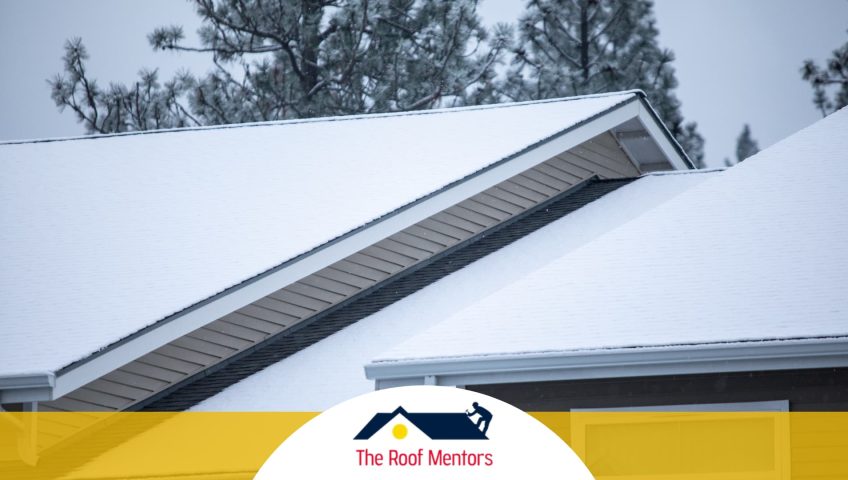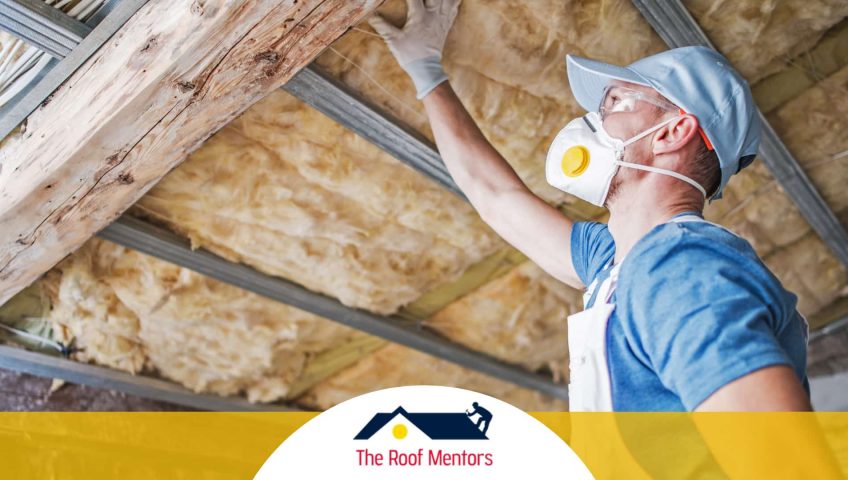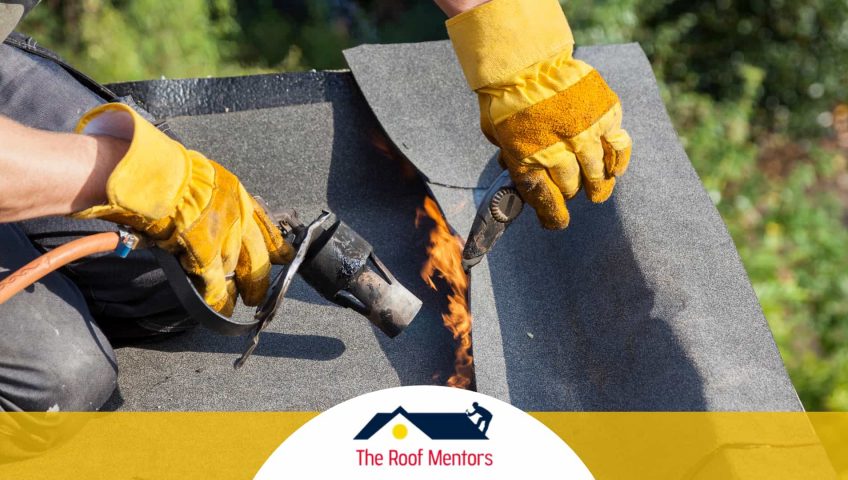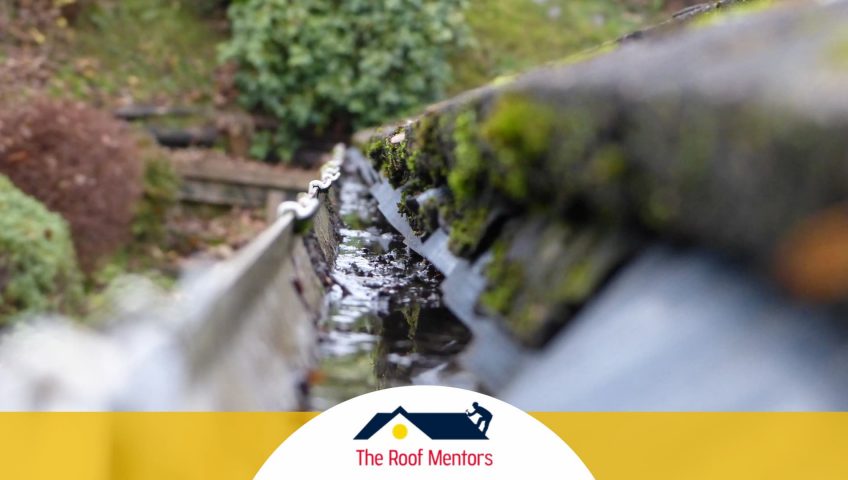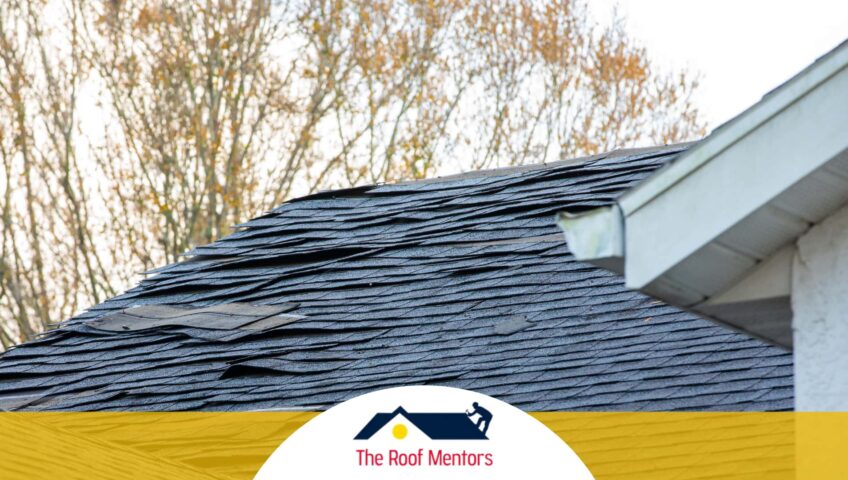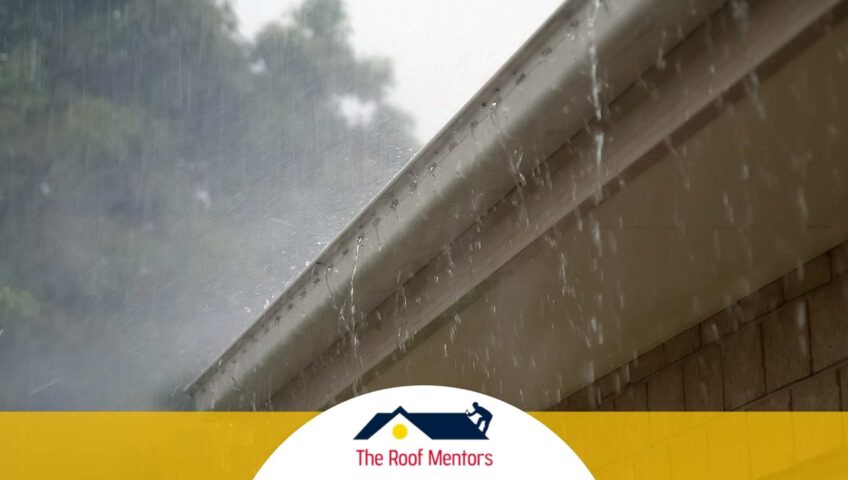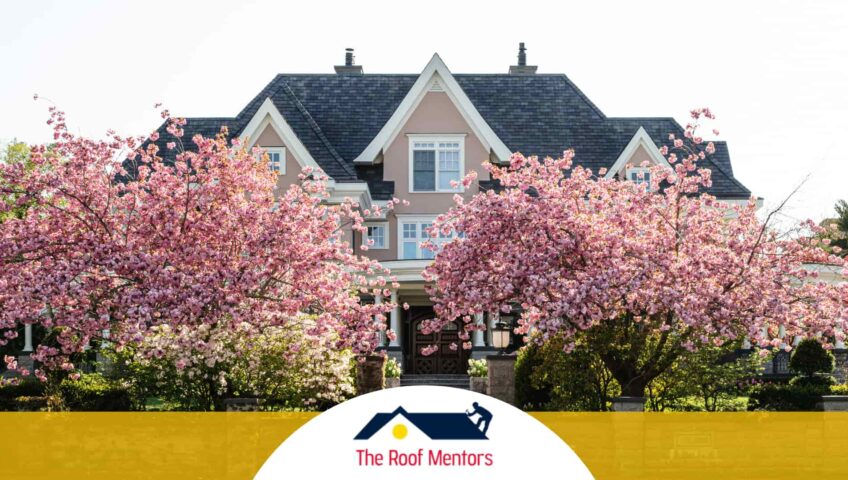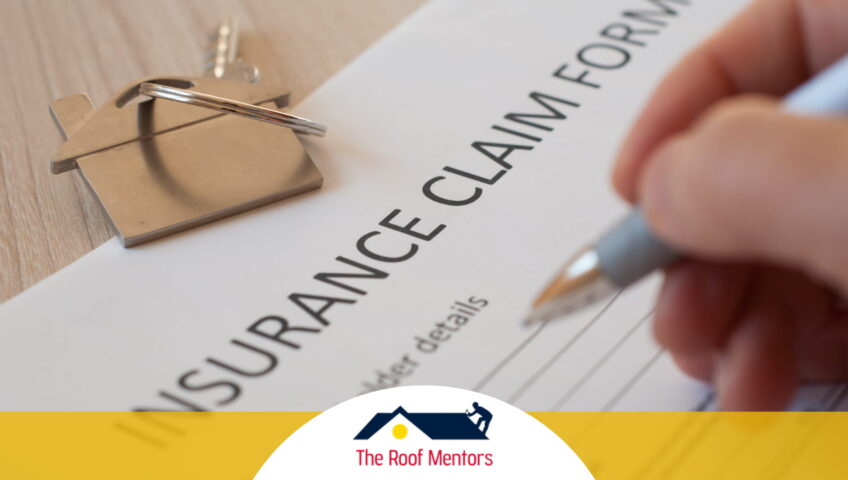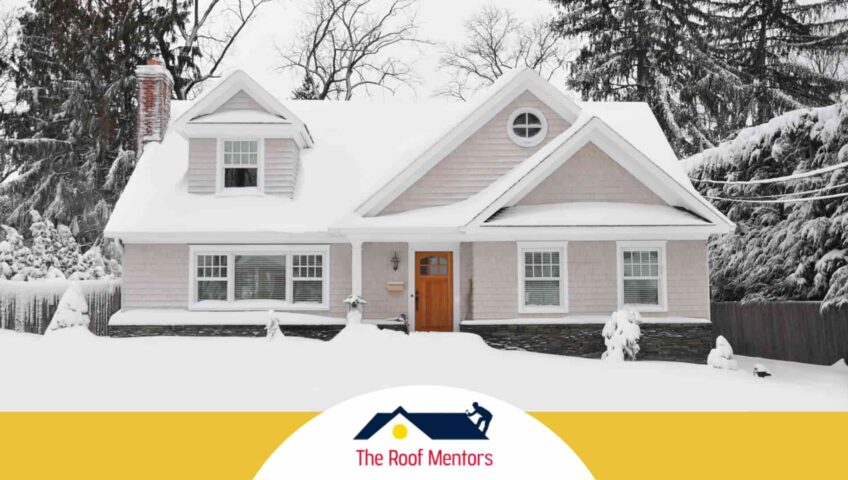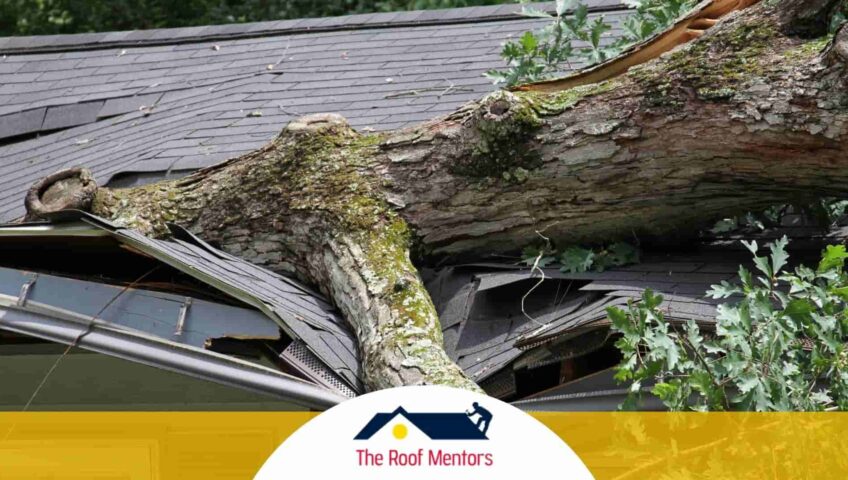Winter and everything it brings might be your favorite season, but your roof might not think so. Snow, rain, ice, and cold temperatures test roofs in North Carolina. That’s why we’ll warn you about winter roof damages we see all the time. When you know where the problem might occur, it’s easier to prevent it, so you won’t have to deal with any damage.
Missing Shingles
Even the new, perfectly installed roof can lose shingles due to strong winds. But roofs that aren’t maintained are prone to blow-offs. Luckily, they rarely happen out of the blue. There are usually some early signs, such as cracked or bent shingles. We always say that everyone should check their roof after every storm to be sure it’s intact. Weather doesn’t forgive and uses every chance to show its might on random homes.
And roofing problems grow fast, especially during winter. If you notice those signs or already have missing shingles – consider that your top priority. Once all your shingles are in perfect condition, your chances of getting leaks during winter are much lower. But be careful…
Ice Dams Are Known To Cause Leaks
We all love the warmth of home during winter, but the temperature inside the house warms up the attic hence the roof. If there’s any snow on top, it melts and then freezes again once it touches the edges of the roof. If that keeps happening, your home gets a pretty white ice dam. And while it might look romantic, it’s a glacier on steroids.
Ice dams cause leaks because they slowly melt and freeze from the bottom all the time. Warm air from the house melts them, and cold from the outside freezes them. And as that happens, drops of water accumulate in tiny lakes. Yet lakes like to grow, and water loves to seek new ways, so it penetrates under shingles.
And that’s not the worst part…
Some roofs endure months with early signs of leaks. But ice dams are different because once water enters small cracks and the temperature falls – it freezes and expands. So literally every time water freezes and melts, the crack grows, and the leak gets more serious. That’s why it’s crucial to maintain and inspect your roof.
Icicles Can Get Heavy
Tiny icicles might look nice, and, to be fair, they aren’t the most dangerous thing in the world. But can still cause damage.
Melting water can get into small cracks, freeze, expand… You know the drill. So look at every icicle as a tiny ice dam that might give you a headache if you let it grow.
But if the weather gets penguin-worthy and big icicles form around the edge of your roof, it may be better to call someone. They can get heavy and solid. So do everything you can to remove icicles before they take over your roof. And don’t be too proud to seek help.
It’s Always The Punch You Didn’t Expect That Gets You
As you probably noticed, proper maintenance is the key to getting through the winter without roof damage. But that includes taking care of your whole property. Not just your roof. If you don’t trim your trees, strong winds will. And then you can only hope that big, heavy branches don’t hit your roof or even worse.
Luckily most homeowners are aware of that danger. But while they deal with big branches, twigs plot against them. Dead leaves and small branches clog gutters which either cause overflows (sometimes leads to flooded basements) or freeze and expand. And if something that should be watertight expands, it loses its purpose.
That’s why it pays off to seek help from someone who deals with roof damage daily. And if you’re looking for an experienced roofing contractor in Winston-Salem, NC, we are here to help.


